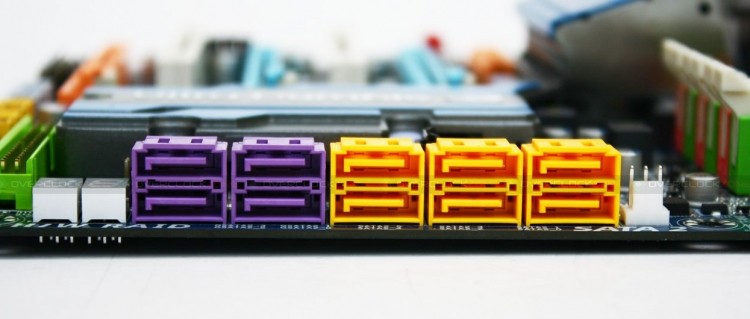SATA-IO, the group in charge of maintaining the SATA specification, has announced (PDF) that revision 3.2 of SATA has been finalized. Importantly this revision brings SATA Express, which melds SATA and PCI Express for bandwidth of up to 2 GB/s, giving high-speed solid state drives the protocol they need.
SATA Express works by utilizing two lanes of PCI Express 3.0 for faster drives that require up to 2 GB/s of bandwidth, or standard SATA 6 Gbps (0.6 GB/s) for slower items such as hard drives. Traditionally PCIe has been reserved solely for graphics cards, expansion cards and some high-end storage drives, but with SATA Express both SATA and PCIe technologies can coexist.
Other benefits to SATA revision 3.2 include support for SATA drives using the M.2 form factor, as well as the Universal Storage Module (USM) that allows removable and expandable storage in devices like Ultrabooks. For embedded solutions, the microSSD standard is supported for single-chip SATA drives, and for hybrid drives a new mechanism called Hybrid Information improves drive performance.
On the energy efficiency side, DevSleep has been included in SATA 3.2, which almost shuts down a drive so that power consumption is kept to a minimum, but at the same time it allows it to turn back on virtually instantly. Transitional Energy Reporting in SATA 3.2 also provides more advanced power management, which combined with DevSleep should allow for instant-on laptops with long standby times.
As with previous revisions to the SATA specification, it will take time for component manufacturers to support the latest version in their products, but as SSDs continue to get faster with each release, support shouldn’t be too far away.
via SATA 3.2 finalized, includes SATA Express for 2 GB/s of bandwidth – TechSpot.

